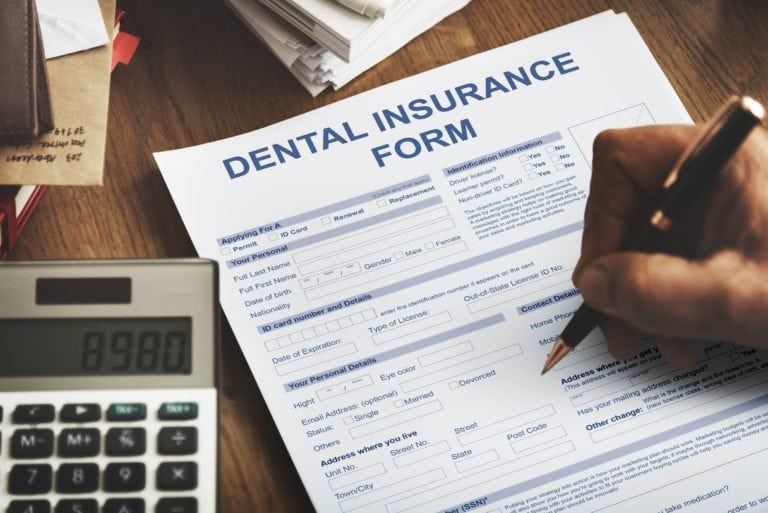What You Don’t Know About Dental Insurance

Dental insurance is not like medical insurance and understanding this difference is key to understanding dental insurance. Although there are some similarities, such as the use of DHMO vs a DPPO, dental insurance deviates from the general insurance model that most individuals are accustomed to. Because of this, there are a few things you probably don’t know about dental insurance.
The one aspect that makes dental insurance somewhat similar to medical insurance is that it is available through a DHMO or a DPPO. These two different types of plans are similar in structure to medical HMOs and PPOs. Just as with a medical HMO, a DHMO requires individuals, employers, or a combination of the two to pay a monthly fee to the insurance company. In return, an individual picks a single dental provider and can only visit this sole provider, but the majority of their services are covered. There are limitations to a DHMO, however, such as the fact that many dentists working with DHMOs cannot afford high quality services, and the majority of DHMO plans only offer complete coverage on outdated procedures.
Dental PPOs, on the other hand, are similar to medial PPOs in that an individual, employer, or combination of the two pays a monthly fee to the insurance company and in return they can see any dental provider, but their coverage may be complete or partial depending on a variety of factors. Dental PPOs are helpful in that they provide more flexibility, yet they still have their own set of limitations including: caps on the frequency of procedures, an annual maximum, and the fact that some dentists can still be considered “out of network” which affects coverage rates. With a dental PPO, coverage rates generally tend to be about 30-100%, with most procedures at about 50%.
This brings us to the next point, which is that dental insurance has coverage limitations. Many people assume that dental insurance will cover the entire cost of the procedure, when this is oftentimes not the case. While some preventative treatments may be entirely covered by certain insurance plans, most restorative and major treatments only have partial coverage by insurance companies with the expectation the individual pays a copay, or remaining amount after coverage has been determined. Generally speaking, most dental insurance companies offer coverage for about 40-60% of the cost of the procedure. The good news is you can request a pre-authorization before treatment that will determine exactly how much coverage you have from your insurance company before undergoing treatment.
In addition to only offering partial coverage, most dental insurance plans have a yearly deductible and a yearly maximum. The yearly deductible is the amount that must be paid by an individual before the insurance company will supply any type of coverage. During this time, some plans will still cover preventative treatments, while some will not. The yearly maximum is the total amount the insurance company will pay per year and usually ranges from $1,000-$2,500. Once this amount is paid by the insurance company, the remaining expenses must be paid out of pocket.



